Let’s cut through the industry BS for a minute. I’ve been in self-storage for over 15 years, and I’ve seen the good, the bad, and the downright dangerous when it comes to how these units are built. If you’re trusting a facility with your family heirlooms, business inventory, or even just seasonal decorations, you deserve to know exactly what you’re paying for.
At County Line Storage, we build our units like we’re storing our own valuables – because that’s exactly what we’re doing with your belongings. Let me pull back the curtain on what really goes into proper storage space construction.
The Foundation: Where Most Facilities Cut Corners
Here’s something most storage operators won’t tell you – the foundation is where they save the most money. And you’ll pay for it later when your boxes are sitting in puddles. Here’s how we do it differently:
- 6-inch reinforced concrete slabs with fibermesh (not the standard 4-inch).
- Proper site grading that actually slopes away from units (you’d be shocked).
- Double vapor barriers because one layer just isn’t enough in humid climates.
I remember touring a competitor’s facility after heavy rains last spring. Their “budget” units had water seeping up through the floor because they skipped the vapor barrier. Our units? Bone dry. That’s not luck – that’s proper construction.
Wall Construction: Steel Matters More Than You Think
Knock on your storage space walls right now. If it sounds like an empty soda can, you’ve got problems. Here’s what proper walls should have:
- 12-gauge galvanized steel (most places use flimsy 26-gauge).
- Double-wall construction with 2″ air gap for insulation.
- Reinforced steel framing every 12 inches (not the standard 16″).
- Industrial-grade paint that won’t chip or rust.
Story time: We had a customer transfer from another facility after their unit walls dented from someone leaning a ladder against them. That’s what happens when you use cheap materials. Our walls? You could back a truck into them and they wouldn’t budge.
Climate Control: The Industry’s Dirty Management Secret
Here’s the truth about “climate controlled” units – at least half don’t actually control the climate properly. Real climate control requires:
- Dual-zone HVAC systems (most just have one vent).
- Commercial dehumidifiers with automatic drainage.
- Continuous air circulation (not just occasional cooling).
- Temperature sensors at floor, middle, and ceiling levels.
We learned this lesson the hard way early on when a customer’s antique piano got damaged. Now we monitor conditions in every unit 24/7/365. If the humidity spikes at 3 AM, we know about it immediately.
Doors That Actually Seal (Unlike Most Facilities)
The door is the weakest point in any storage unit. Here’s what separates quality construction from the rest:
- 14-gauge steel doors (most use 20-gauge or thinner).
- Triple-seal gaskets (standard is one if you’re lucky).
- Reinforced tracks that won’t warp in extreme temps.
- Commercial-grade locks that can’t be shimmed open.
Quick test: Close the door and look for daylight around the edges. If you see any, walk away. That gap will let in dust, pests, and humidity.
Why This Should Matter to You?
Here’s the uncomfortable truth – in self-storage business, you absolutely get what you pay for. That $29/month special? There’s a reason it’s cheap. When you store items with us at County Line Storage, you’re paying for:
- Steel thick enough to actually protect your belongings
- Concrete floors that won’t crack or wick moisture
- Climate systems that maintain perfect conditions 24/7
- Security features that actually work when needed
We could save thousands per unit using thinner steel or skipping insulation. But we don’t. Because when you open your unit six months from now, we want your stuff in exactly the same condition you left it.
The Bottom Line:
Your belongings deserve better than “good enough” construction. Come see (and knock on) the County Line Storage difference yourself. We’ll show you exactly what goes into our units – no industry secrets, no cut corners, just honest quality you can trust.

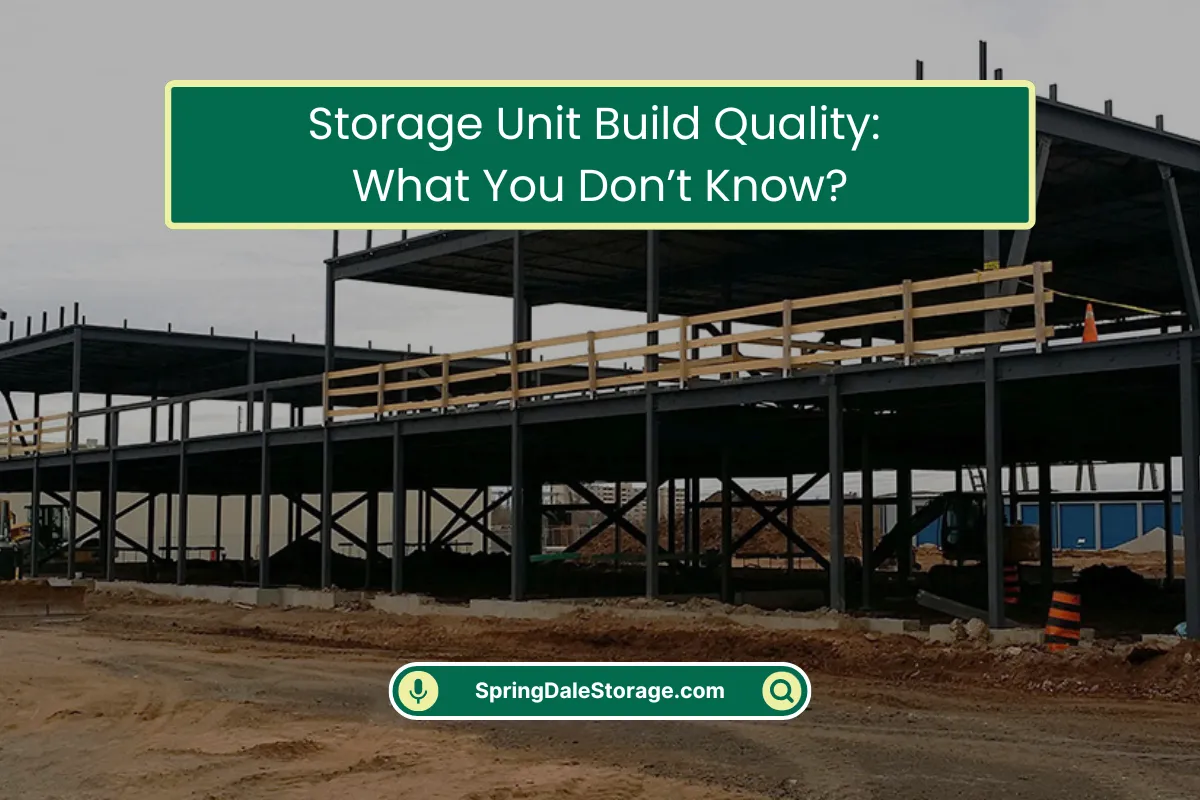

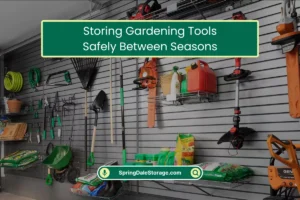
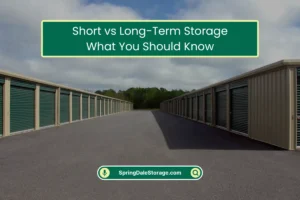
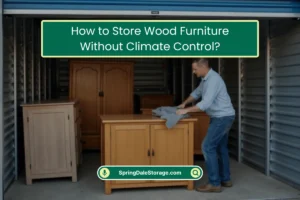

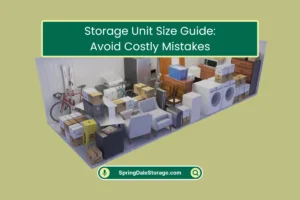



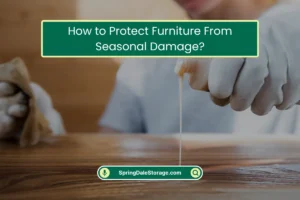

0 Comments